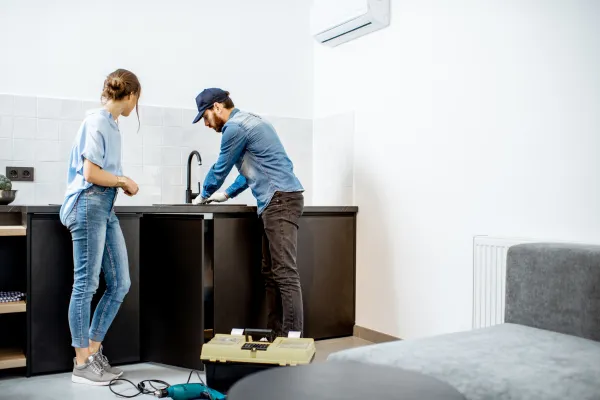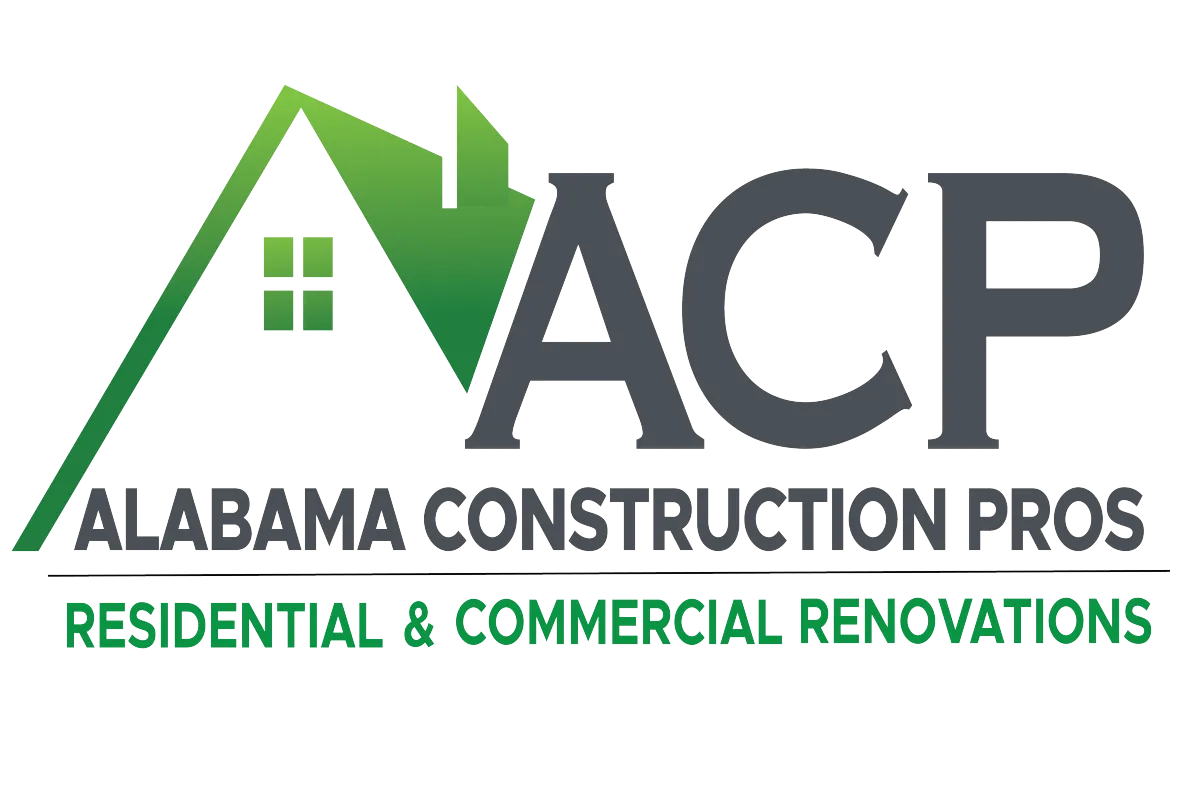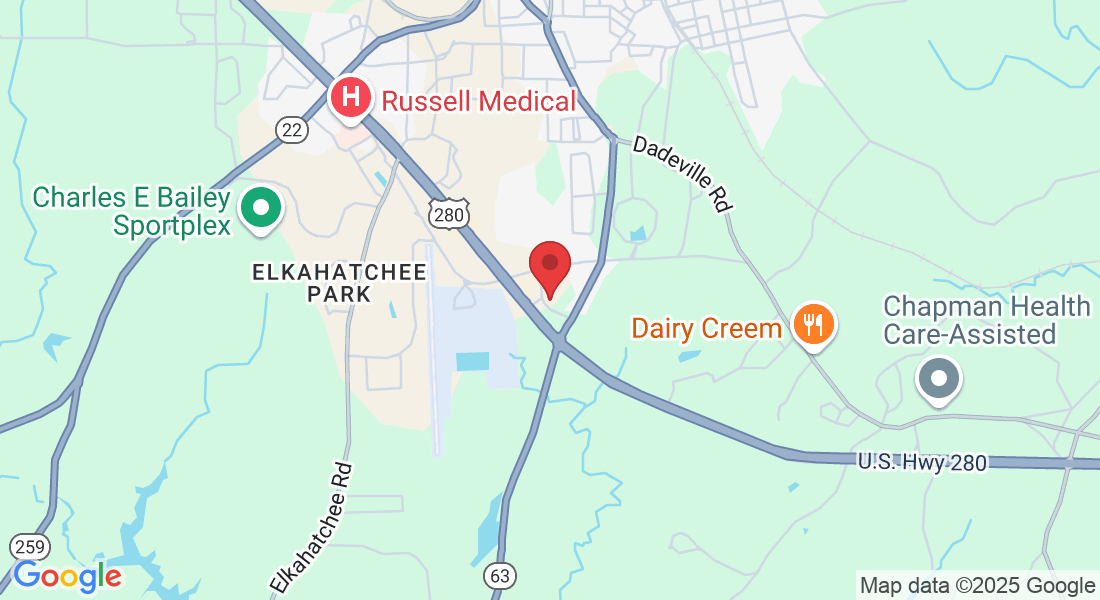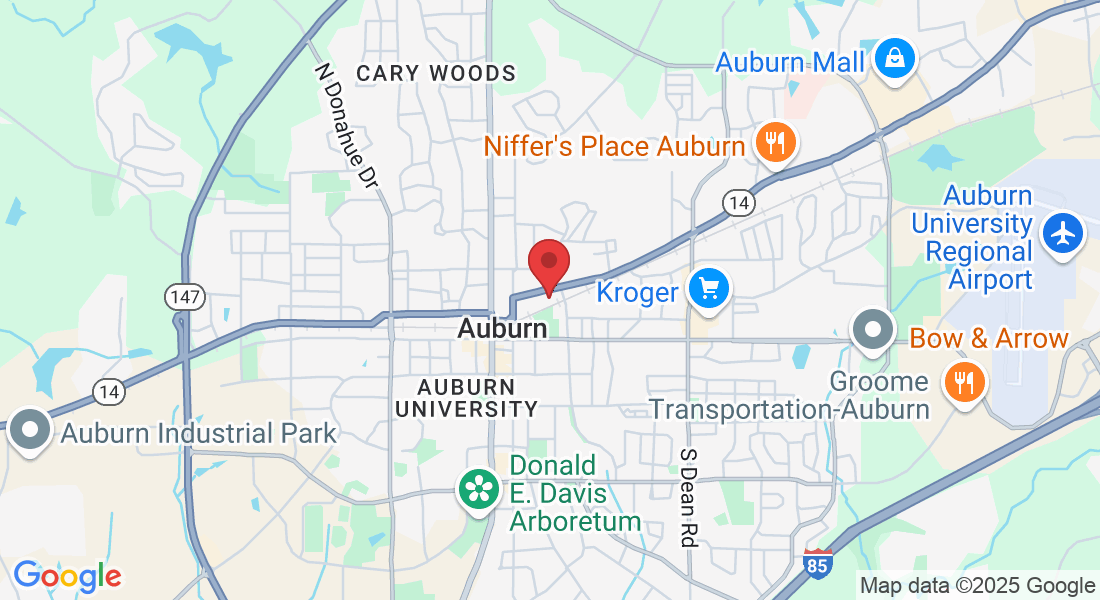Alabama Construction Pros Design-Build Blog

The Basics of how Kitchen Sink Plumbing Works
Ever turned the tap of your kitchen sink and marveled at the instant water availability? Or rinsed your dishes and wondered where the water and food particles disappeared? Behind these simple everyday actions is an intricate kitchen sink plumbing system that brings in fresh water and disposes of wastewater.

Understanding the Basics
The plumbing systems of kitchen and bathroom sinks are a marvel of engineering and comprise several key components: the faucet, the kitchen sink drain, the P-trap, and the drain pipe. Each component plays a crucial role in ensuring a smooth water flow, whether fresh water coming in or waste water going out.
The faucet is the component we interact with the most. It's the point at which we access the water for our daily usage, be it washing hands, filling a pot for cooking, or rinsing vegetables in our sink basin. When you turn the tap, water travels from your home's water supply lines through a PVC pipe or one made of other materials and finally gushes out of the faucet. This might seem simple on the surface, but it's a complex process involving pressure, a system of pipes, and control mechanisms.
The Drain and P-Trap

Once the water has served its purpose, it must be disposed of. That's where the sink drain comes into play. This is the aperture through which the used water exits the sink and enters the plumbing system.
The main drain line, also known as the main sewer line, is a crucial component in a home's plumbing system. It serves as the primary pathway for all the wastewater from various drains and toilets in your home to exit the building and connect to the municipal sewer system or a septic tank.
Here's how it generally works:
Wastewater Collection: Each drain in your home, such as those from sinks, showers, bathtubs, and toilets, is connected to a network of pipes. These pipes ultimately lead to a main drain line.
Main Drain Line: The main drain line is a larger pipe that collects all the wastewater from the various smaller drain pipes throughout your home. It usually runs horizontally beneath the house, often in the basement or crawl space.
Exit Point: The main drain line exits your home and connects to the municipal sewer system if you're in an urban area. In rural areas, it might connect to a septic tank where the wastewater is treated before being absorbed into the ground.
Venting: The plumbing system also includes vent pipes that connect to the main drain line. These vent pipes allow air to enter the system, preventing airlocks and ensuring smooth drainage. Vent pipes typically extend through the roof of the house.
Think of the main drain line as the big pipe that collects all the used water and waste from your sinks, showers, toilets, and other drains in your home. It's like the master highway for wastewater.
So, when you wash your hands, take a shower, or flush the toilet, all that water and stuff go through smaller pipes and eventually join the main drain line. This big pipe runs under your house and carries everything away.
Once it leaves your house, it either connects to the city's sewer system or goes to a septic tank if you're in a more rural area. The main drain line makes sure everything gets safely out of your home, so you don't have to worry about used water and waste sticking around where you live. It's like the superhero of your plumbing system!
By connecting all the drains to the main drain line, the plumbing system efficiently directs wastewater away from your home and ensures proper drainage and sewer disposal. Proper maintenance of the main drain line is essential to prevent clogs and ensure the smooth flow of wastewater.
The drain leads to a uniquely curved pipe known as the P-trap. A P-trap is a curved pipe often found under sinks and drains in your home. It's called a P-trap because its shape resembles the letter "P."
Its main job is to prevent unpleasant smells from returning through the drain and into your living space. The water in the P-trap creates a barrier that stops sewer gases and odors from entering your home. So, it's a crucial part of your plumbing system that helps keep your space smelling fresh.
The P-trap is an ingenious component that serves a crucial purpose: it traps a small amount of water in its curve to create a seal. This seal effectively prevents any sewer gases from entering your home, thereby ensuring a clean and odor-free environment.
The Drainpipes
Beyond the P-trap, the journey of the water continues into the drainpipes. These pipes carry the water from your sink to your home's main sewer line. The design and positioning of these pipes are not arbitrary; they are precisely angled to utilize gravity. This ensures that water and waste flow smoothly out of your home, preventing any clogging or backflow.
Drains in a home are connected through a network of pipes, and the specific material used for these pipes can vary. The most common materials for residential drain pipes are:
PVC (Polyvinyl Chloride): PVC pipes are widely used for drain and waste systems in homes. They are lightweight, durable, and resistant to corrosion.
ABS (Acrylonitrile Butadiene Styrene): Similar to PVC, ABS pipes are commonly used for drain, waste, and vent systems. They are also lightweight and resistant to corrosion.
Cast Iron: In older homes, you might find cast iron pipes. While less common in new construction, cast iron is durable and has been traditionally used for drain and sewer lines.
Copper: Copper pipes are more commonly used for water supply lines, but they can also be found in certain drain systems. They are resistant to corrosion.
The connection points between drains are typically made using fittings such as elbows, tees, and couplings. These fittings allow the pipes to change direction, connect to different fixtures, and form a cohesive plumbing system. The pipes are joined together using various methods, including solvent welding for PVC and ABS pipes, or using fittings and soldering for copper pipes. The goal is to create a well-connected and sealed network that efficiently directs wastewater away from your home.=
Delving into the basics of kitchen sink plumbing reveals a fascinating world of engineering and design which is often overlooked. Understanding these basics can empower you to troubleshoot common issues, maintain the longevity of your sink, and even make informed decisions when renovating or building a kitchen. So, the next time you turn on your kitchen tap or watch the water swirl down the drain, take a moment to appreciate the complex plumbing system that makes it all possible.
Taking Care of Your Kitchen Plumbing
Maintaining your kitchen plumbing system is crucial to ensure its longevity and efficiency. Here are some best practices to follow:
Avoid Clogs: Be mindful of what you rinse down your kitchen sink. Avoid disposing of grease, coffee grounds, and other food particles in the sink as they can lead to clogs.
Regularly Clean Your Sink and Faucet: Keep your sink and faucet clean. Regular cleaning prevents the build-up of mineral deposits which can affect the flow of water.
Use a Sink Strainer: A sink strainer can catch larger particles that might otherwise block your drain.
Inspect for Leaks: Regularly inspect your kitchen plumbing for leaks. Small leaks can lead to bigger problems if left unattended.
Schedule Regular Professional Maintenance: It's a good idea to have a professional plumber inspect your kitchen plumbing periodically. They can spot potential issues before they become major problems and can ensure that your plumbing system is running optimally.
By taking these steps, you can ensure a well-functioning kitchen plumbing system that serves you well over the years.

We've answered the most frequent questions homeowners have when selecting a contractor in our comprehensive Buyer's Guide. Get your copy now!
This 100% free resource can save you a ton of research time. It's answered all of the important questions that you need to know when selecting a contractor, in one convenient downloadable eBook. Just fill out your information below for your free copy:
Contact Us if You Have Any Questions
Thank you for reading our blog! We're glad you're considering Alabama Construction Pros for your remodeling or design project and hope our blog has given you some inspiration. If you have specific questions about a project, we offer free initial consultations. This is a great opportunity to discuss your vision with one of our experienced remodelers.
We're dedicated to making your dream home a reality, so please don't hesitate to contact us. We look forward to hearing from you soon!
Serving Montgomery Alabama, Auburn Alabama, Lake Martin & Surrounding Areas
Office: 4144 Carmichael Rd, Montgomery, AL 36106 | (334) 310-8455
Office: 175 Aliant Pkwy, Alexander City, AL 35010 | (334) 310-8455



